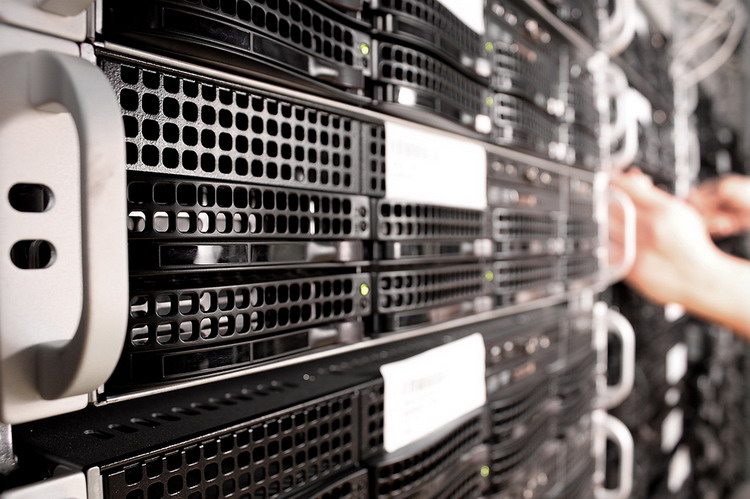- Switches
- Server

Switches
A switch is one of the key devices in a computer network. Its main function is to realize efficient, fast and reliable data exchange and forwarding in a local area network (LAN). The following are the main functions of a switch, including data frame forwarding, LAN division, elimination of broadcast and collision domains, bandwidth management, self-learning and filtering, QoS (Quality of Service) management, etc.
The RJ Ethernet port series developed by BBJconn not only solves the throughput, latency and packet loss rate problems in the switch industry by thickening the gold-plated layer in the contact area and optimizing the anti-fading structure, but also meets the performance requirements such as the number of MAC addresses, routing table capacity (three-layer switch), number of ACLs, LSP capacity, and number of VPNs supported, allowing users to truly experience low latency and extremely fast speeds.

Server
Inside the server, the main components on the motherboard are: processor, chipset, expansion slots, memory and ports, hard drive controller to support the use of external devices such as keyboard. In addition, the motherboard will contain network interfaces, disk controllers and graphics adapters.
A server is a computer system that manages and transmits information. As a node of the network, it stores and processes 80% of the data and information on the network. BBJconn customizes and develops connectors that meet the special needs of the server, including high-speed CPU computing power, long-term reliable operation, and powerful I/O external data throughput.